QUICK GUIDE
hardware ii
-
-
- Do I want analogue synthesis of sample-based?
- Analogue – distinctive sound, usually a more limited palette at the bottom end of the market, but the more expensive machines are capable of a wide array of tones.
- Sample-based – more open ended sound potential. If you can load your own samples, that’s a huge advantage. Less ‘alive’ than an analogue box, usually more prescriptive and preset-based. Often a particular drum machine reflects a particular style of music, so that may also be worth investigating.
- Do I want analogue synthesis of sample-based?
-
-
-
- Sequencer – does it have a sequencer? How easy is it to use?
- The immediacy of drum machines is a big part of their appeal, so having an onboard sequencer that allows you to knock out a rhythm immediately is a big plus. The flexibility of that sequencer then defines to a large extent what you can do with it. Look for extra features such as flams, stutters, randomisation, humanisation etc.
- If it doesn’t have a sequencer then you’ll have to sequence from your DAW or from a dedicated sequencer . In this case, hopefully it has lots of knobby control for the various drum parameters so that you can manipulate them in real time.
- Sequencer – does it have a sequencer? How easy is it to use?
-
-
-
- NI Maschine is great for drums but is a pain to sequence within a DAW. It is best used as a self-contained beat machine (I will caveat this by saying that I gave up trying to use the bastid in Logic some time ago, so the situation may have changed). The Mikro is very good value, especially second hand. And the drum sounds are very excellent. It has also survived an absolute beating on the road for 15 years so that speaks highly for build quality. Mine is a Mk1
and still works great, so they represent a bargain second hand, but make sure they include the software license.[EDIT: The Mk I is no longer supported, although mine was still working using some workarounds in OSX Catalina. As of Ventura it is bricked in MacOS. Windows users may have more luck.] When buying second hand, the later Mk.II and III are safer bets.
- NI Maschine is great for drums but is a pain to sequence within a DAW. It is best used as a self-contained beat machine (I will caveat this by saying that I gave up trying to use the bastid in Logic some time ago, so the situation may have changed). The Mikro is very good value, especially second hand. And the drum sounds are very excellent. It has also survived an absolute beating on the road for 15 years so that speaks highly for build quality. Mine is a Mk1
-
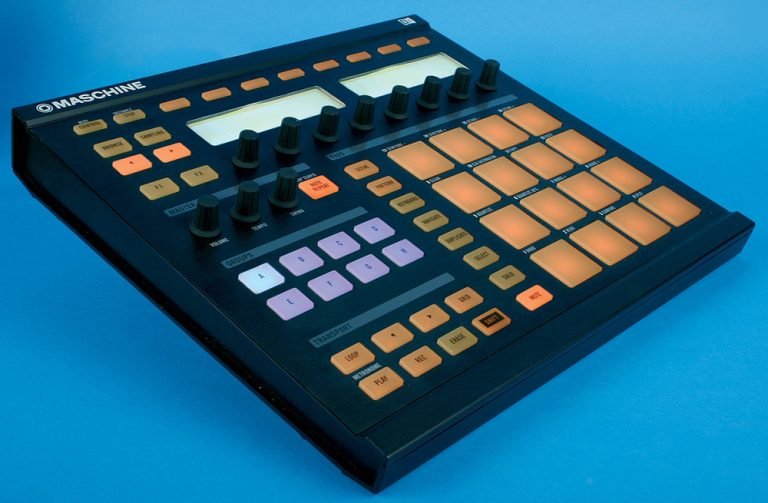
- I had a thing called a Plugiator that I loved for drums – super analogue sounding and very convenient. No pads though or sequencer. It also contained a raft of synths.
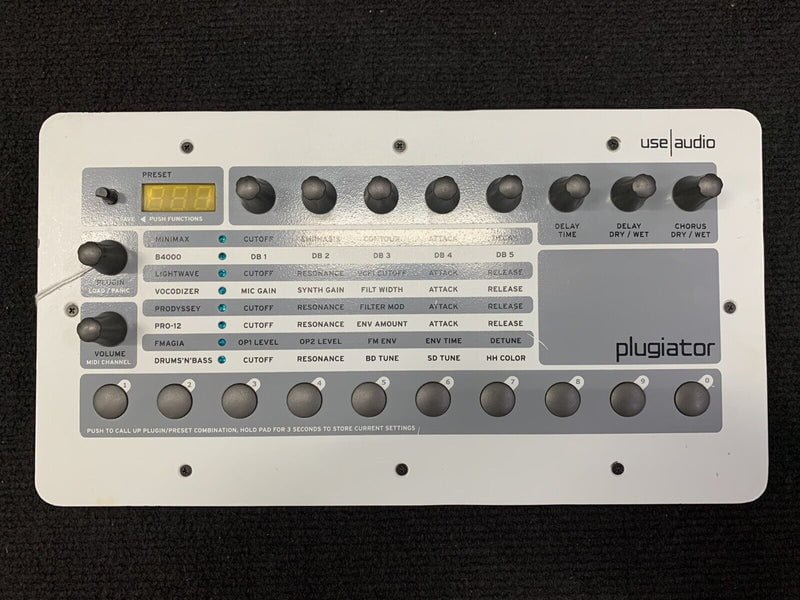
Now no longer made, but represents a great bargain if you need flexibility in a small space.
- Another one to recommend is the Arturia DrumBrute Impact, and I rate that highly for its analogue grit and quality of sounds.
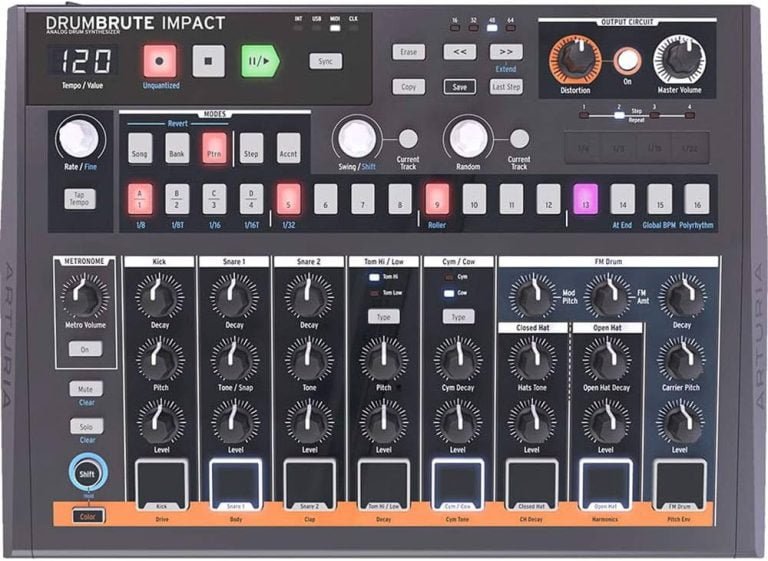
- I have also owned an MFB Tanzmaus, which I can also say had an excellent sound, although I disliked the feel of the buttons and interface.
- Again Roland Boutique has released some remakes of famous drum machines, but personally I think I don’t want to hear another 808 now!
- Some boutique companies make cool ones and some old analogue preset machines can still be had cheap. At the top end…Soma Pulsar 23 is the weirdest and coolest. Erica Synths also make the lovely-looking Perkons HD-01.
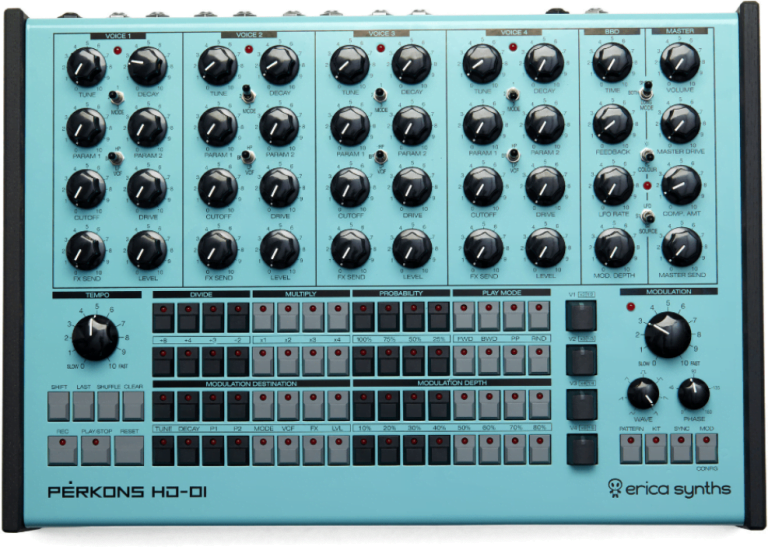
- If you want to try out an old machine to see if it sounds the way you want, then check out the Autodafe Drum Machines plugin and listen to all the kits. You may find one that resonates with you, and which may turn out to be dirt cheap. I found a knackered old Simmons SDS8 that falls into this category. Or it did – like everything else it has become more expensive.
- Akai MPC is the daddy of hip hop drum machines. Many hip hop producers still only use these. But personally I think I like the computer’s flexibility too much. Although they have begun to take on more complex sequencing and screens, for better or worse. They famously have a nice swing about them. Just check J Dilla for proof.
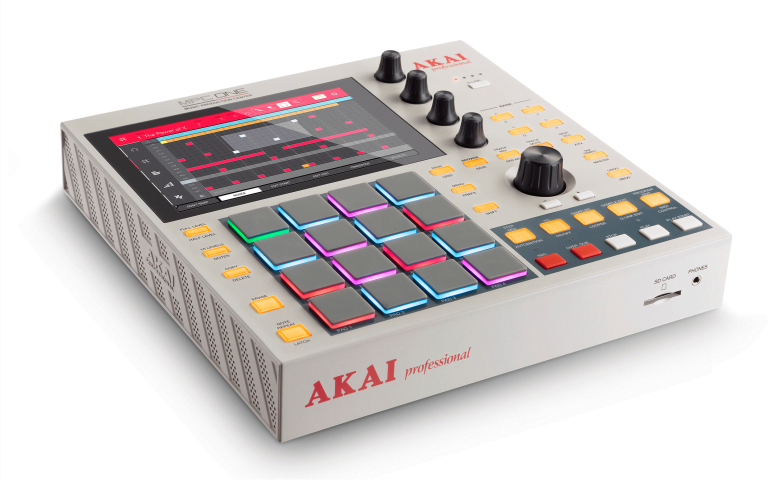
- As with all recommendations, these should be taken as starting points for your own explorations, and I’d generally advise spending the extra £10 it costs to buy things in your local shop and get hands-on with things. It’s the only way to know if it’s right for you. It’s a pain to post things back, and the cost of postage two ways probably removes the financial advantage of buying online anyways.
fx fx fx
- Guitar FX pedals offer the best value hardware FX, and are also great if you play live. There are SO MANY, but favourites for me are:
- Eventide ones (I use the Pitchfactor for my voice)
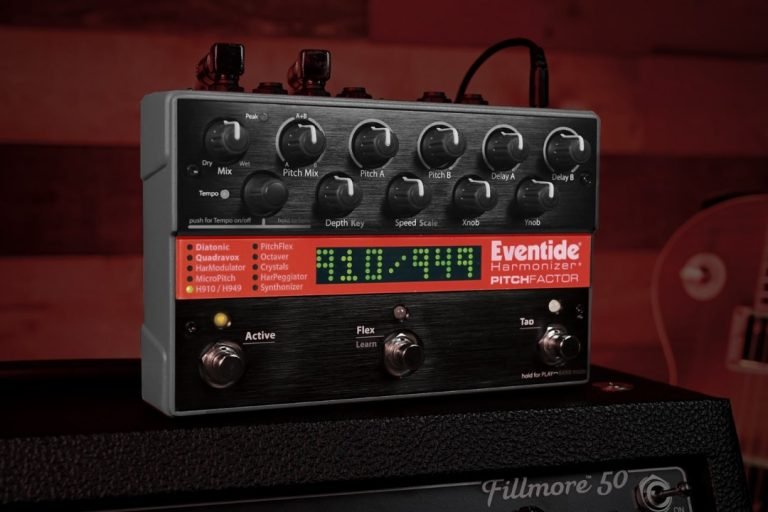

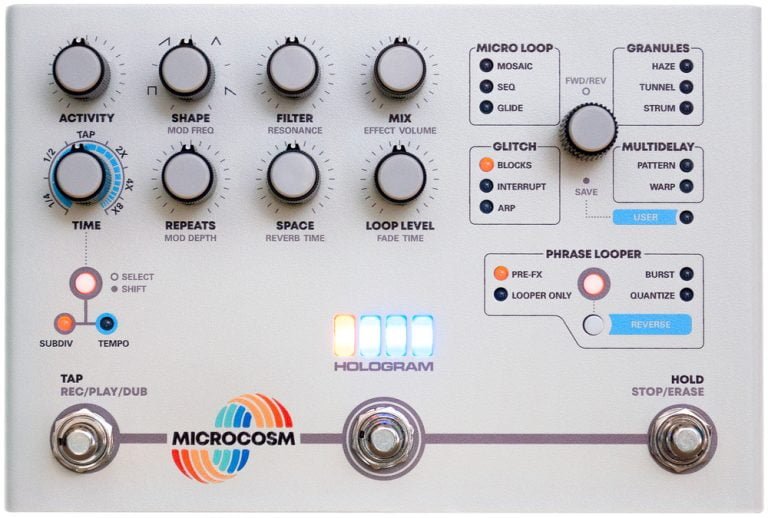

- Some people will always favour hardware for things, and if I was going to have just a single FX box, it would be an Eventide – then it is just a matter of which one you can afford.
- In every other respect I think I have to recommend software for FX, unless you go all the way to the top end to things like Kyma.
audio interfaces
- The most important factor is really just how many inputs and outputs you need. But the interface is important too. It seems USB-C and Thunderbolt 3 or 4 are pretty safe standards for the time-being, especially as they can use the same port type, to greater or lesser extent. USB-C is plenty fast enough for most of us, so don’t splash on Thunderbolt unless you really need it. TB cables are also crazy money and often don’t come with the interface!
- At the cheaper end, I always recommend Presonus. I have found them to be incredibly well made and reliable over the years. I have 4 of various ages that all work great and sound excellent (The company was just bought by Fender though so I expect the quality to drop off – and at time of writing I actually believe this to now be the case). But I still rate the last generation of TB3 ones highly. Companies like Focusrite (the cheap stuff, not the pro level gear) and Behringer I avoid. But there are new cheap ones by high end companies like SSL and Audient that may be of a better standard.

- At the higher end, RME have always been amazing for me, even the old ones. Most recently, I have owned a Babyface Pro for 8 years, and it is still faultless, and fully supported.

- Ultimately one of the most important things, that is often overlooked in reviews, is the quality of the drivers and the hidden firmware. This also affects how long the company will support the interface for, and their general attitude to you as a customer. RME is peerless in this respect, keeping everything updated and running long after they are no longer officially supported by Apple or Windows. Metric Halo are another company who take this aspect seriously. At the bottom/mid end of the market, Presonus have been pretty good at this too, although they have changed hands recently, which can often lead to bouts of cost-cutting and other corporate shenanigans.
- The days for UAD and Universal Audio DSP have passed in my opinion so I’d advise not getting one of them for the DSP. They are excellent but you pay a lot to run plugins on them, which is no longer required. However, they have begun making cheap ones that look decent, and come with analogue-style input processing, so don’t rule them out. I’ll talk more about their plugins in the software bit.
midi controllers
- I have used MANY MANY MIDI controllers over the years. If you are working in the computer then they are your main human interface that can add humanity to your music, so they are important.
- Best current MIDI controller for my money is certainly the Arturia Beatstep Pro. It can do everything from live control to sequencing (including randomisation), and also control modular synth equipment. And it is very high quality.
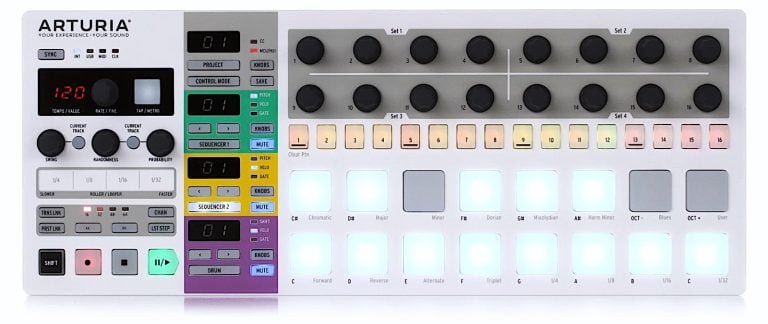
- For the cheap end of the market I recommend the Korg Nanokontrol 2, and its various siblings. Super small and portable, and surprisingly customisable. The AKAI MidiMix is also a nice quality general controller if you don’t have sausage fingers.
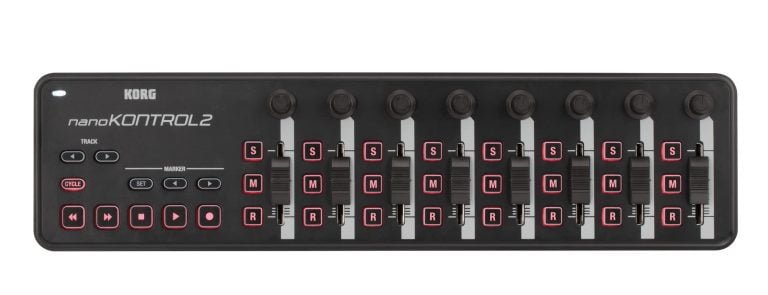

- Soundforce make specialist controllers for specific software synths, including Prophet 5 , Juno 60, Jupiter 8, Minimooog. If you really bond with one of these synths, then this is a perfect way to make it almost hardware. If they make a CS80 one I am going to be a happy man
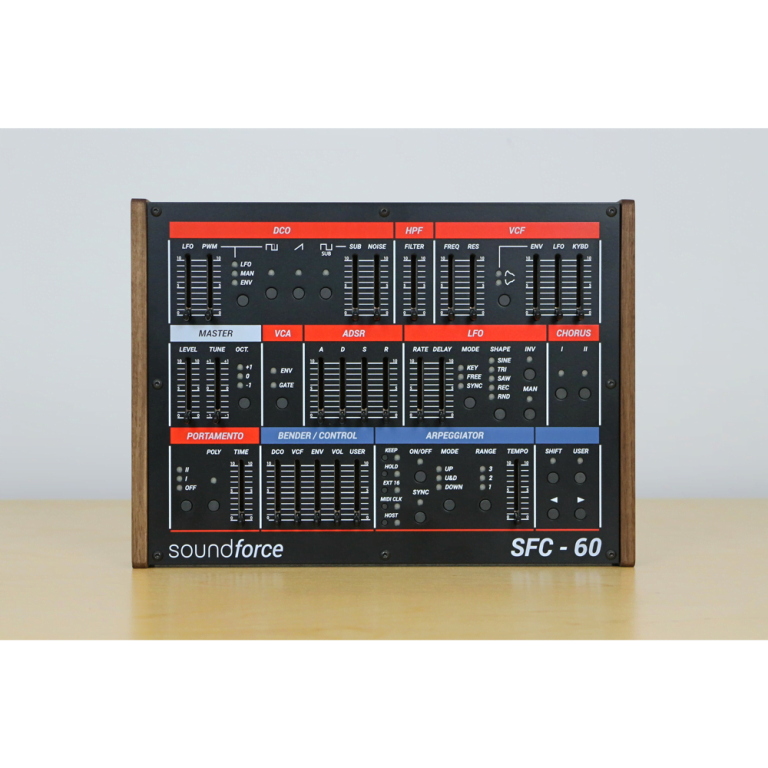
- There are many launchpad- style interfaces for Ableton Live obviously, and this makes a lot of sense for jamming your music and marking it live as if you were playing it live. The most well-known one is the Novation Launchpad, but you can look around to find alternatives that fit your requirements.
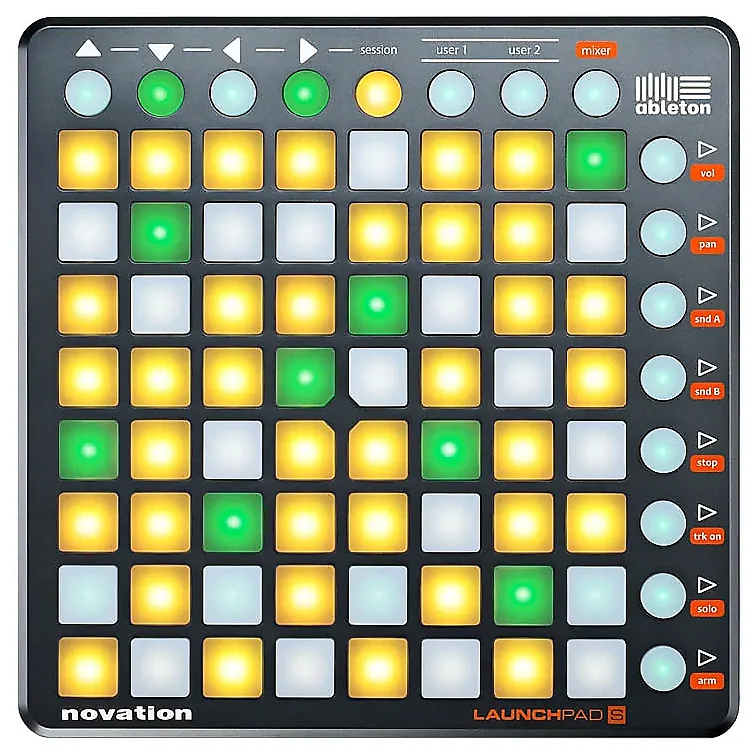
- The Ableton Push is very high quality and expensive, but as an investment I think it is very well thought out. However, I found it hopeless for playing live, ironically. It is more focussed on producing. I am speaking here of Push 2, as I haven’t used V3. The Push 2 represents a very good value option second hand. Bear in mind that the fancy matte coating on the old Push controllers starts to break down after a while so they potentially need a good clean when you get them 2nd hand. And they won’t look as nice.

- To play live, I always used a knobby controller like the BeatstepPro, and a Maschine to play live drum parts. But equally it would be a good combo to use a Launchpad/AKAI pad thingy alongside a knobby controller.
- I’ll talk more about MPE controllers, and fancier stuff elsewhere.
